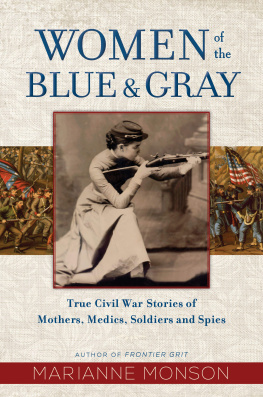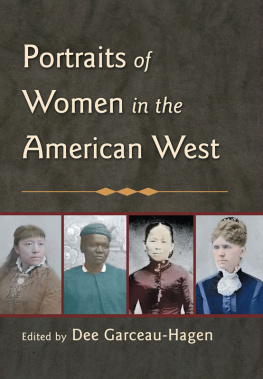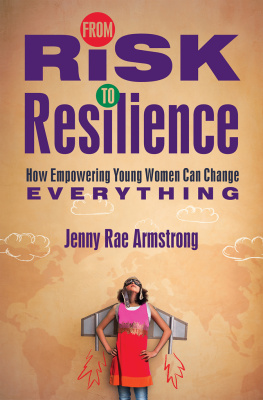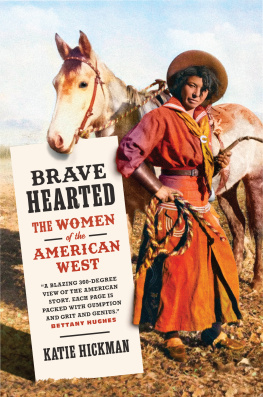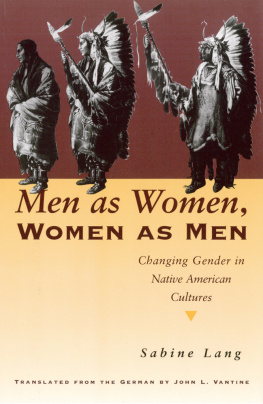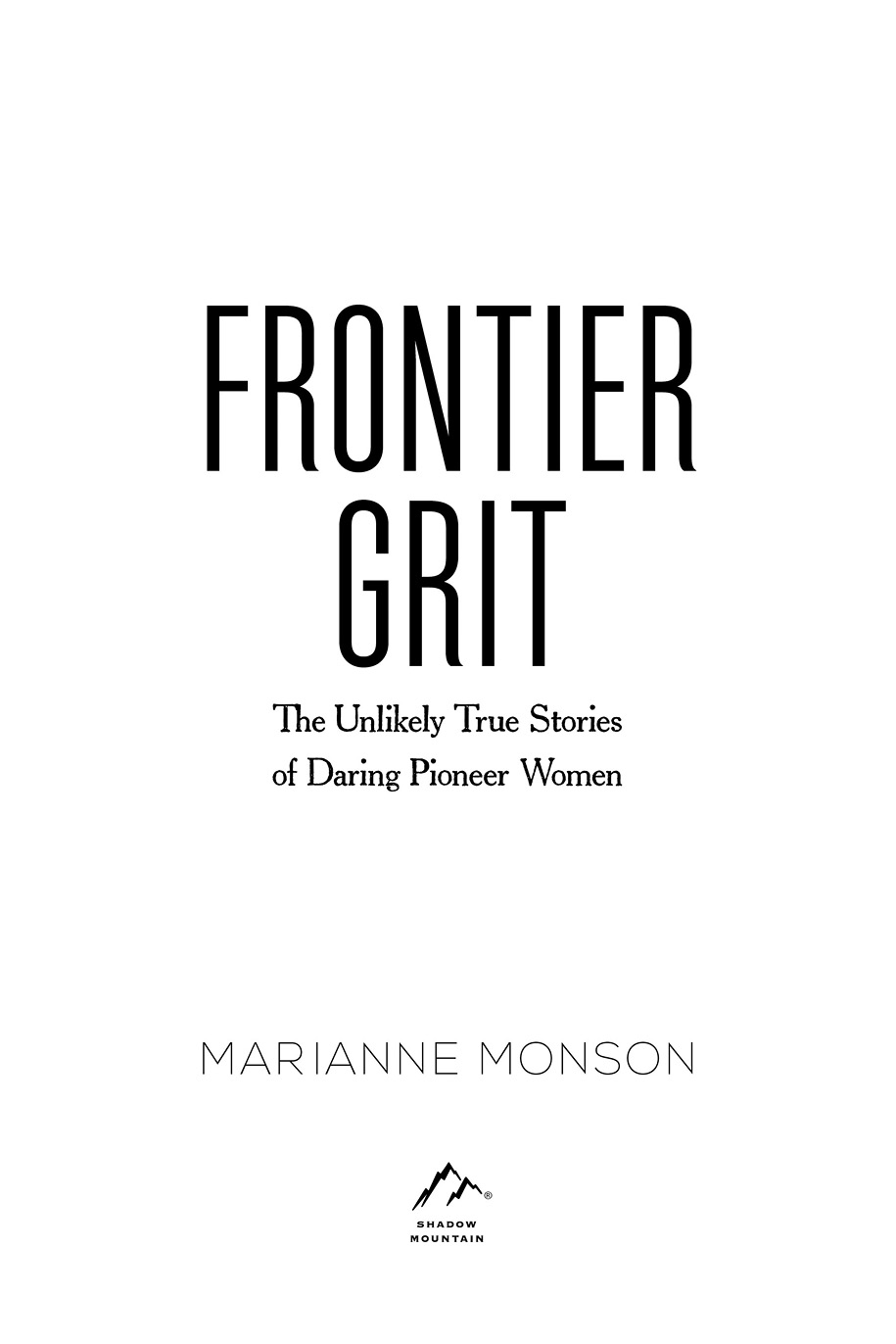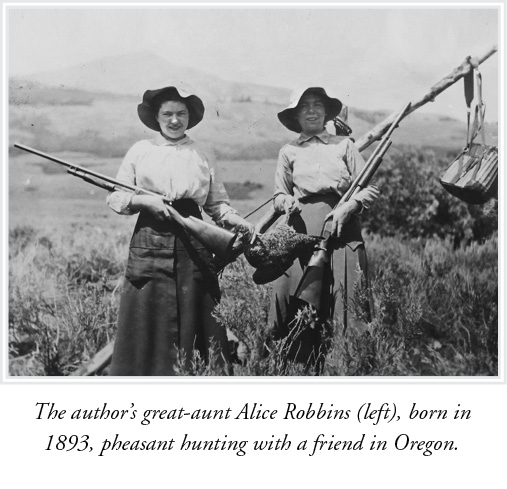Photo credits:
Front matter: Courtesy of Alice Allred, used by permission.
Chapter One: Nellie Cashman, courtesty of Arizona Historical Society, Tucson, AHS #1847.
Chapter Two: Clara Brown, photo in public domain.
Chapter Three: Abigail Scott Duniway voting, courtesy of The Oregonian, used by permission.
Chapter Four: Mara Amparo Ruiz de Burton, photo in public domain.
Chapter Five: While this is not a hotel Luzena operated, it is representative of the hotels at that time. Metropolitan Hotel, courtesy of Library of Congress.
Chapter Six: Mother Jones, Everett Historical/shutterstock.com.
Chapter Seven: Zitkala-Sa, photo in public domain.
Chapter Eight: Mary Hallock Foote, courtesy of Idaho State Historical Society, image #63-238.12.
Chapter Eight: A Pretty Girl in the West, by Mary Hallock Foote, courtesy of Library of Congress.
Chapter Nine: Martha Hughes Cannon, used by permission, Utah State Historical Society, USHS 11877.
Chapter Ten: Donaldina Cameron and Chinese girl, used by permission, courtesy of Cameron House.
Chapter Eleven: There is no known photo of Charley Parkhurst. Photo of stagecoach Everett Historical/shutterstock.com.
Chapter Twelve: There is no known photo of Makaopiopio. Map Steven Wynn/istock.
Cover photo: Women with Schuetzen Rifles, circa 1889. Courtesy of Wisconsin Historical Society, WHS-9831, used by permission.
2016 Marianne Monson
All rights reserved. No part of this book may be reproduced in any form or by any means without permission in writing from the publisher, Shadow Mountain, at permissions@shadowmountain.com. The views expressed herein are the responsibility of the author and do not necessarily represent the position of Shadow Mountain.
Visit us at ShadowMountain.com
Library of Congress Cataloging-in-Publication Data
Names: Monson, Marianne, 1975 author.
Title: Frontier grit : the unlikely true stories of daring pioneer women / Marianne Monson.
Description: Salt Lake City, Utah : Shadow Mountain, [2016] | 2016 |
Includes bibliographical references.
Identifiers: LCCN 2016011148 (print) | LCCN 2016012793 (ebook)
ISBN 9781629722276 (hardbound : alk. paper) | ISBN 9781629734682 (ebook)
Subjects: LCSH: Women pioneersUnited StatesBiography. | United StatesHistory18651921Biography. | LCGFT: Biographies.
Classification: LCC E663 .M73 2016 (print) | LCC E663 (ebook) | DDC 920.72dc23
LC record available at http://lccn.loc.gov/2016011148
Printed in the United States of America
Publishers Printing, Salt Lake City, UT
10 9 8 7 6 5 4 3 2 1
Cover design 2016 Shadow Mountain
Art Direction: Richard Erickson
Design: Heather G. Ward
To my pioneer ancestors both literal and metaphorical,
and to Aria, pioneer girl rising
When I stop at one of the graveyards in my own county...
I have always the hope that something went into the ground
with those pioneers that will one day come out again.
Willa Cather
Introduction
What constitutes a frontier? Is it simply an imaginary boundary between geographical spaces? Or is it a constantly moving line between supposed civilization and the unknown beyond? As I set out to write on the topic of female pioneers, all attempts inevitably drew me back to this elusive term. The boundaries of the United States shifted steadily throughout the nineteenth century, creating a multitude of frontiers by every definition.
To me, a frontier is simply a place where your people have not gone beforeit is the place on the map where the collective thinking of your society draws a large and compelling question mark. Of course, this doesnt have to be a geographical boundaryit might be an unexplored theological issue, an uncomfortable topic of conversation, an unfolding intellectual sphere, a newly invented technology, or an insight irreconcilable with current social norms.
And although no one you personally know has been to such a space, that doesnt mean it has never been inhabited by another group of people who have a prior claim to it. But because no one you know has been there, the frontier is a place where rules are still being worked out and negotiatedit is space available to anyone, not only the powerful players of the past.
The freedom of such a space is as exhilarating as it is disconcerting, and, in a true frontier, the traditional safeguards and protections are as glaringly absent as the stifling rules. People can and will get hurt. That is why rules were made in the first place, at least hypothetically.
I was raised on stories of strong pioneer women who traversed frontier spaces. Within my own family history, I have women who left lives of luxury in England, positions of leadership among the Maori in New Zealand, and others who were drawn by their poverty from the hamlets of Wales. Some of my ancestors set up house in an abandoned chicken coop. I was raised on these stories. The blood of these women runs through my veins, and I grew up seeing my life as a continuation of their own.
And in fact, all of our lives are such a continuation. The frontier as weve defined it could as easily apply to modern technology, with its resulting onslaught of related inventions, as it does to the American West. We live today in a world of upheaval, a world changing at a frantic pace, where many boundaries of the past have been flung away, and we are once again deciding: What are the rules? And who gets to say? Now, more than ever, we need to know the stories of the women whose blood runs through our veins, literally or metaphorically.
While working on this project, I came across a box of books discarded by my universitys library. Never one to pass up free books, I sorted through the stack and found an old, leather-bound volume entitled Pioneers of California. Thinking it might be useful, I thumbed through the pages. Chapter after chapter of the book profiled ministers, governors, politicians, settlers, and gold rushers to the West. Without a single exception, they were white. Without a single exception, they were all male.
The book served as a reminder that we are not many generations removed from a time when it was perfectly acceptable to tell the story of California through the eyes of white males alone. But history is made up of so much more than established war heroes and political figures. It is made up of peopletheir stories, failures, and triumphs. As the historian Howard Zinn has observed, If history is to be creative, to anticipate new possibilities without denying the past, it should, I believe, emphasize new possibilities by disclosing those hidden episodes of the past when, even if in brief flashes, people showed their ability to resist, to join together, occasionally to win. I am supposing, or perhaps only hoping, that our future may be found in the pasts fugitive moments of compassion rather than in its solid centuries of warfare.
Thousands of womenblack, white, Native American, Mexican, Chinese, Polynesian, and other racial variationsexperienced the physical frontier space of the American West. As the pioneers of California can be broadened to include women, so can the term be redefined beyond the special province of American expansionism. The women in this book come from a variety of backgrounds and traveled in a number of different directionsthese stories represent a mere handful of the women who survived and even thrived on a multitude of gritty, tumultuous frontiers. Some were crushed by the challenge, their voices silenced and discarded in the passing of time. But some of them triumphed; some of their stories remain. In spite of all odds stacked against them, their voices persist, speaking through a journal kept in a leaky wagon or through a life so remarkable the world was forced to take note.


